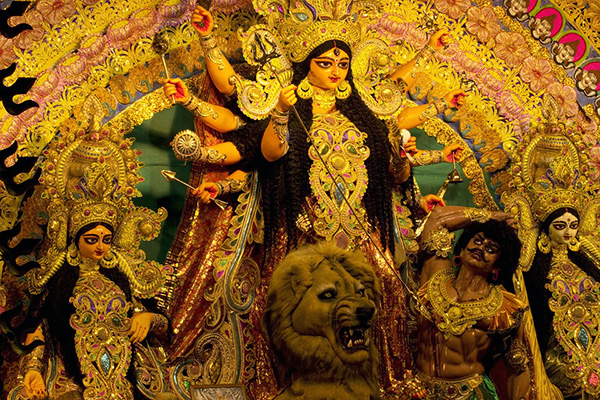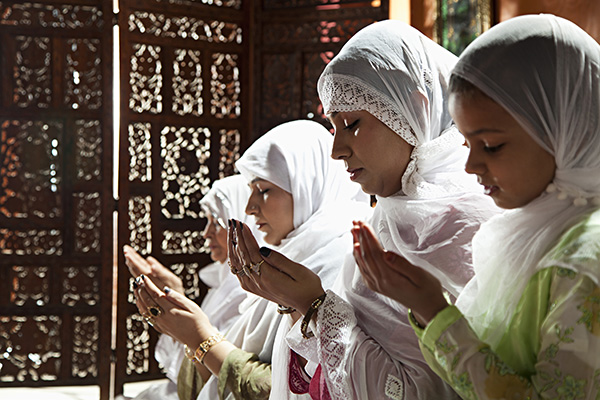Published: 04 Sep 2017
Connotation of gold in various religions

Besides gold’s financial, social, and sentimental value, religions across the globe look up to gold in relation with divinity and purity.
A universal religious symbol of virtue
Lessons from religious books imply that gold represents the process of self-purification. This process embodies the search for self-betterment through the perfect amalgamation of virtues. The seeker ‘finds gold’ when the soul has transitioned from the vices of greed, hate and selfishness to characterise love and compassion.
Gold’s resilience to harsh elements of heat earns it a reputation of being everlasting, and therefore, an association with eternity.
Worldwide, the radiance of gold is likened to the illumination of the solar light. Golden hues convey divine love as well as a healthy life replete with vitality, clarity and wisdom.
Christianity
The lid of the box holding the Ten Commandments was made entirely of gold. At God’s behest, it was decked with two solid gold angels between whom He would appear to communicate with His believers and comfort their souls
Also, the Magi presented gold to baby Jesus when they saw him for the first time.
Mosaics and icons in churches are radiating golden hues to impress the splendour and divinity of God, upon the worshipper. This practice dates to the 12th Century after the Pope approved the use of gold along with white to depict the brightness of the day. The other five colours – violet, red, black, green and blue – each symbolise other attributes, such as atonement.
Interestingly, talent was a unit to measure the weight of gold. A talent weighed about 34.3 kgs. Considering the prevailing rate of Rs 3,200 per gram, a talent could now be worth Rs 10,97,600 (close to Rs 11 lakhs).
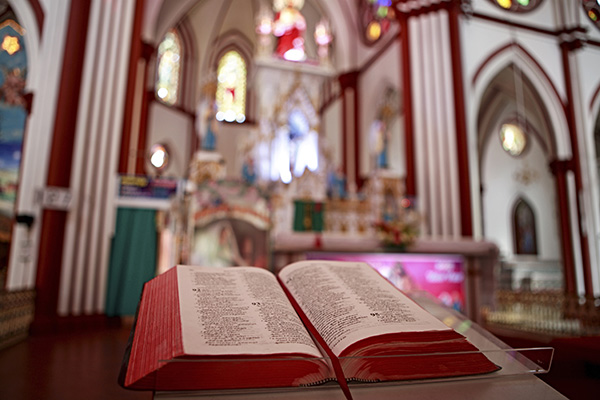
Related: 6 Simple Charts That Explain India’s Love For Gold
There are also several references to gold in the Bible.
- The Pishon, a waterway fed by the river in the Garden of Eden, surrounds a land of gold called Havilah. The gold in Havilah was regarded for its quality.
- Another instance is that the 24 elders surrounding God’s throne wear gold crowns and offer incense to the Eternal in golden bowls. prayers of saints to God is held in golden bowls. The saints are 24 elders around God's throne wearing golden crowns.
- There are as many as seven Hebrew words used for Gold. Zâhâb, the first and most commonly used, is derived from a word that means ‘to shimmer or shine’. Pâz, the second word, used for refined gold, also refers to spiritual purity and glory.
And it’s not just in the Bible but in the prophetic book of Revelation where gold also makes several appearances. There are three instances seven golden lamp stands are referred to, and Jesus appears to wear a golden girdle when he appears in John’s vision to reveal the book's prophecies.
Hinduism
One of the oldest religions in the world, Hinduism regards gold as a pure metal symbolising knowledge, learning, meditation, and mental development.
The role of gold in Hindu traditions and religious practices is based on scientific reasons, too. For example, gold is believed to have a positive impact on the wearer’s energy and aura. The gold wire of the Mangal sutra is believed to keep the negative vibrations away.
Goddess Lakshmi, the Hindu goddess of prosperity, is shown dropping gold coins on the ground from her lower left hand. These gold coins represent spiritual and material prosperity. The four elephants pouring water from golden vessels on the goddess represent fortifying the chain of endeavour, duty, purpose, desire and salvation with wisdom, purity and charity. The god of justice – Yama- is depicted holding a mirror of fire and a set of golden scales for measuring the deceased’s spirit upon entering the after-world.
Golden stories of other major religions
Other religions such as Sikhism, Buddhism, Judaism, and Islam, also present gold in conjunction with the holiness of celestial beings and beliefs.
Sikhism
Perhaps the Sikhs’ most prominent association with gold is the beautiful Golden Temple located in Amritsar, Punjab. in India, which attracts several thousand devotees throng the Golden temple regardless of their caste, gender, religion, and social status. In 1830, Maharaja Ranjit Singh covered the gurudwara at Harminder Sahib in 162 kgs of gold, then worth about Rs 65 lakh, two centuries after its construction. Today, it is covered in over 500kgs of gold.
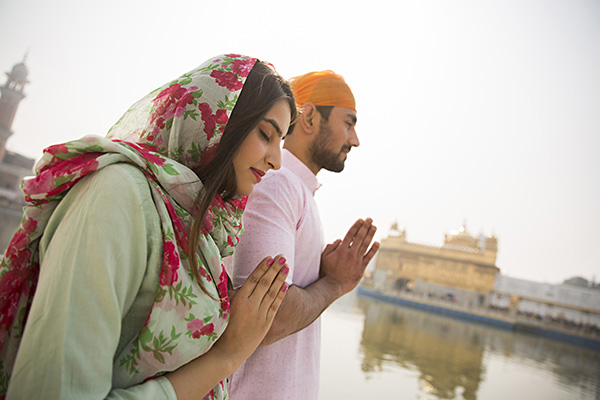
Related: 7 Amazing Facts about the Golden Temple
In Buddhism, gold symbolises the sun, or fire, through its association with Surya -the sun god of the Hindu religion.
In Judaism, gold is the symbol of the celestial light, the glory of God.
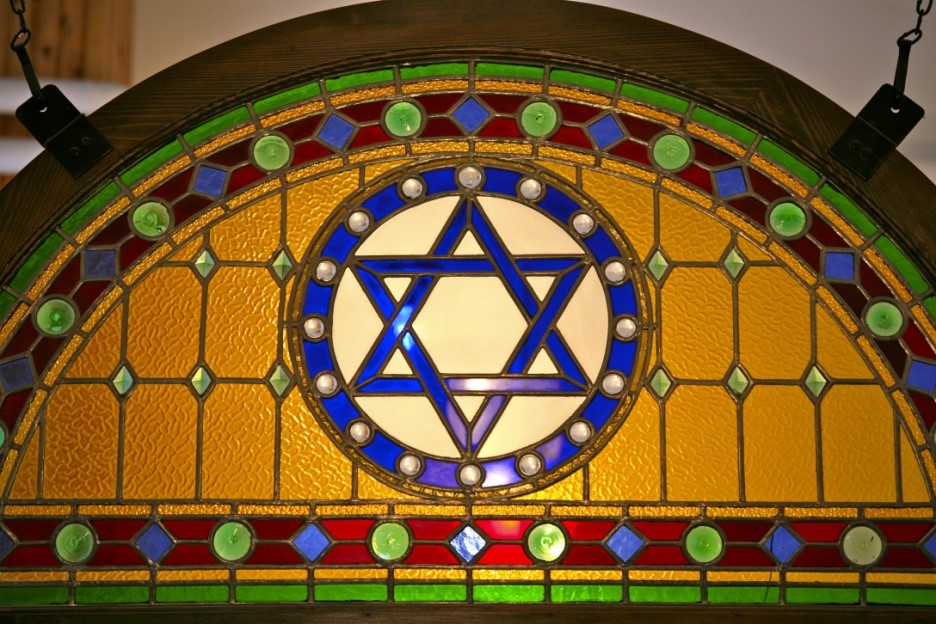
In Islam, the colour gold symbolises Paradise, when paired with green.
Gold and Godliness
Gold is a symbol of reverence and devotion to the divine being – God. This depiction stems from its physical properties of shine, strength, malleability and rarity. Therefore, idols of worship are made of gold or adorned with gold jewellery. Walls and ceilings of places of worship are covered in lavish work of gold. Religious books and stories are resplendent with gold utensils that Gods and Goddesses ate out of, or beds and thrones they slept or sat on.
The presence of gold is also embedded in religious and cultural practices observed in India. Gold is considered an auspicious purchase to sanctify special occasions such as weddings, birthdays, and festivals. Offering gold to deities is a gesture to appease the god and express gratitude for his/her blessing. Diwali, Onam, Pongal, Durga Puja, Dhanteras, Dussera, and the harvest season festivities are incomplete without purchase and worship of gold.
Gold thus has an auspicious and priceless connotation in all religions all over the world.

